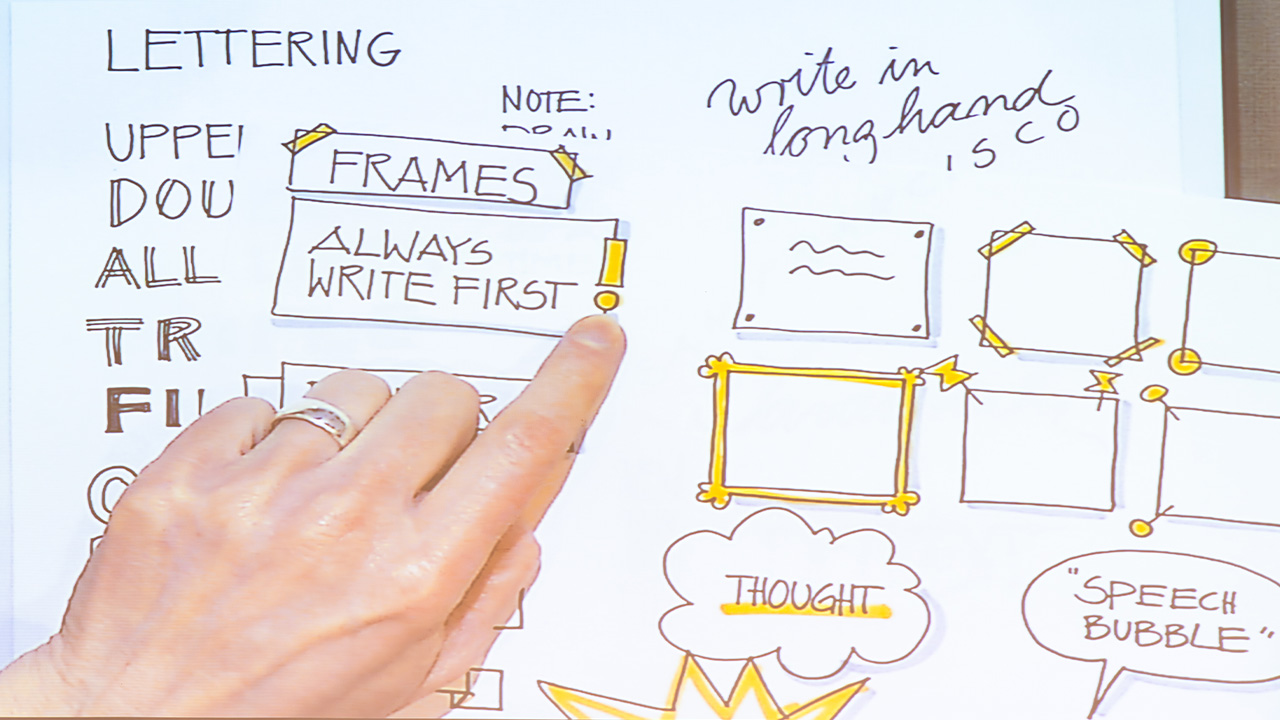content body
Last fall, students enrolled in the Samuel Ginn College of Engineering’s First Year Engineering Seminar learned about sketchnoting, a highly effective style of notetaking. The innovative new approach utilizes illustrations to promote better retention of information.
So, did any of them continue using it after class was done?
“I realized it was helpful when I was in desperate need to study for my chemistry final and decided to sketchnote all my units,” said sophomore electrical engineering major Jack Stewart. “It genuinely helped me recall information during the exam.”
Over the past year, more than 800 first-year engineering students enrolled in 22 sections of UNIV 1100 learned sketchnoting, a practice combining traditional text with symbols and illustrations, thanks to the work of Verena Paepcke-Hjeltness, an associate professor of industrial design in the College of Architecture, Design and Construction (CADC).
Paepcke-Hjeltness, who trained 13 engineering faculty members to teach sketchnoting, is a big believer in the technique’s ability to help students pay attention, retain lecture information and develop critical thinking skills. And so is Janet Moore, engineering’s assistant dean and director of student services, who asked Paepcke-Hjeltness to partner with the college.
“Research in neuroscience and learning tells us when students write by hand, the brain areas involved in verbal, visual and motor information processing sync up with areas critical to memory formation,” she said. “That’s why sketchnoting has the potential to help engineering students become both critical and creative thinkers.”
How does it work?
In addition to writing down basic text, sketchnoting includes:
- drawing boxes or bubbles to group similar concepts;
- drawing arrows and dotted lines to connect related ideas;
- and creating symbols that can represent words.
These notes help students visually map what they hear and see to identify patterns and connections and synthesize what they’re learning in the classroom.
Offered in partnership with Auburn’s First Year Experience Office, the seminar class was designed to offer students in-depth career and major exploration experiences. Moore said the new class, which students could substitute for a required engineering orientation course, was the perfect opportunity to share learning strategies to help students succeed.
“The sections are small with a maximum of 40, so we believe students develop a sense of community and connection to the college through this course and their interaction with other engineering students and the instructors,” she said. “We are very excited that UNIV 1100 has been very popular with our incoming students.”
What's next?
Paepcke-Hjeltness is constantly using data from students to redesign and optimize the course. She’s planning to continue collecting data on students’ use of sketchnoting over the next few years and hopes to publish a study on its benefits.
In addition to introducing sketchnoting to engineering students, Paepcke-Hjeltness is currently working with the Biggio Center for the Enhancement of Teaching and Learning to offer an online course for faculty and staff, and she also taught a full semester industrial design class — INDD 5960, Visual Thinking Through Sketchnoting — for students who wanted a more in-depth understanding.
Stewart found sketchnoting to be so valuable that he took the semester-long class, and he’s happy to tell anyone who will listen why they should take it, too.
“Sketchnoting is not as hard as it seems, and anyone can get into it,” he said. “I really enjoyed my time in the class, and I could not be a bigger advocate for it if I tried. Truly, everyone should take the class.”







